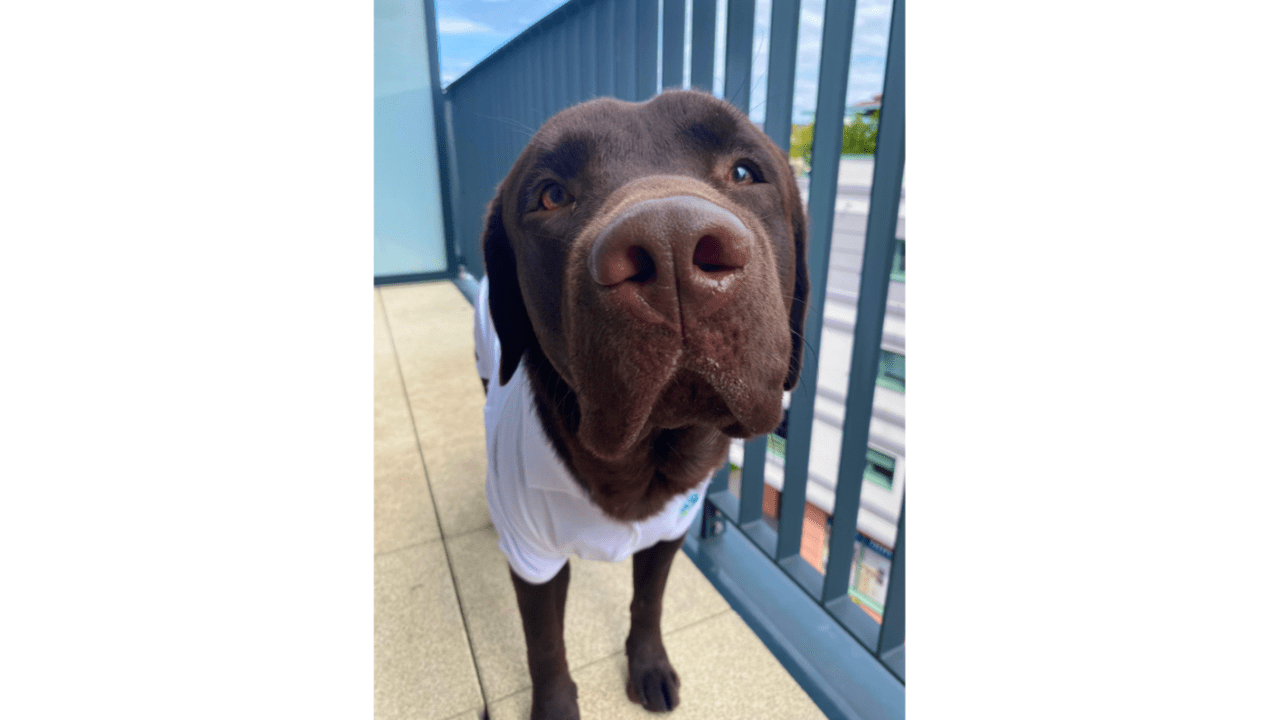Diet plays a fundamental role in shaping the composition and functionality of the canine gut microbiota, surpassing environmental factors in its influence. Recent advances in next-generation sequencing have enabled detailed analysis of fecal samples, allowing researchers to uncover complex interactions between the host and its microbiota.
The balance of macronutrients—particularly proteins, carbohydrates, and fibers—has a significant impact on microbial diversity, immune modulation, and gastrointestinal integrity. High-protein, low-carbohydrate (HP-LC) diets have been shown to increase the abundance of certain bacterial taxa, such as Bacillota, and alter microbial ratios, with more pronounced effects observed in obese dogs compared to lean counterparts. These diets also elevate levels of metabolites like ammonia and indole, which have been associated with gastrointestinal disturbances, including diarrhea (Huang et al., 2019; Li et al., 2017).
Natural diets, such as those based on raw meat, bones, and vegetables (commonly referred to as BARF—bones and raw food—diets), are associated with greater microbial diversity and richness compared to commercial feeds. These diets tend to increase the abundance of bacteria such as Fusobacterium, Bacteroides, and Clostridium perfringens, while commercial diets favor taxa involved in carbohydrate metabolism, including Prevotella and Faecalibacterium (Kim et al., 2017; Sandri et al., 2017; Schmidt et al., 2018). However, natural diets may also elevate the risk of opportunistic infections due to higher levels of potentially pathogenic bacteria, and concerns about foodborne pathogens like Salmonella are particularly relevant in households with immunocompromised individuals (Castañeda et al., 2023; Kim et al., 2017).
Alternative dietary formulations, such as those incorporating hydrolyzed feather meal or fish and rice starch, have been shown to maintain microbial diversity while promoting the growth of beneficial short-chain fatty acid (SCFA)-producing bacteria. These formulations may also contribute to the alleviation of allergy symptoms (Balouei et al., 2024; Noli et al., 2023).
Dietary fibers and prebiotics, including beet pulp and inulin-type compounds, have demonstrated the ability to significantly modulate the gut microbiota. For instance, beet pulp supplementation increases the abundance of Faecalibacterium and Eubacterium hallii, both of which are known butyrate producers. In overweight dogs, inulin-type prebiotics enhance SCFA production and reduce bile acid reabsorption, contributing to improved metabolic profiles and weight management (Huang et al., 2019).
While macronutrient ratios are a primary driver of microbial shifts, the specific source of nutrients also plays a role. Substituting protein and starch with navy beans, for example, resulted in minimal changes to the gut microbiota, suggesting that the overall macronutrient balance may be more influential than individual ingredient sources. Moreover, studies have shown that changes in the gut microbiota induced by dietary interventions are reversible. Returning to a previous diet can restore the original microbial composition, indicating a resilient and adaptable gut ecosystem in healthy adult dogs (Allaway et al., 2020; Huang et al., 2019).
Key bacterial families such as Clostridiaceae, Erysipelotrichaceae, and Bacteroidaceae are central to nutrient digestion and metabolism. Clostridiaceae are associated with protein digestion and are more prevalent in meat-based diets. Erysipelotrichaceae are linked to carbohydrate digestion and volatile fatty acid production, while Bacteroidaceae contribute to the synthesis of SCFAs like acetate and propionate. These SCFAs may influence host metabolism through activation of G-protein-coupled receptors GPR41 and GPR43 (Huang et al., 2019).
In conclusion, diet composition—particularly the balance of macronutrients—plays a critical role in modulating the canine gut microbiota. Natural diets tend to foster more diverse and complex microbial communities than commercial diets, although they may carry additional health risks. While the effects of dietary changes can be reversed in the short term, long-term dietary patterns are likely to have lasting impacts. The role of micronutrients in shaping the gut microbiota remains an area for future research.
REFERENCES
Allaway, D., Haydock, R., Lonsdale, Z., Deusch, O., O’Flynn, C., & Hughes, K. (2020). Rapid reconstitution of the fecal microbiome after extended diet-induced changes indicates a stable gut microbiome in healthy adult dogs. Applied and Environmental Microbiology, 86. https://doi.org/10.1128/AEM.00562-20
Balouei, F., Armone, R., Stefanon, B., Randazzo, A., & Chiofalo, B. (2024). Long-term dietary intervention of the hydrolyzed feather meal on microbiota composition of adult female dogs. Research in Veterinary Science, 176, 105340. https://doi.org/10.1016/j.rvsc.2024.105340
Castañeda, S., Ariza, G., Rincón-Riveros, A., Muñoz, M., & Ramírez, J. (2023). Diet-induced changes in fecal microbiota composition and diversity in dogs (Canis lupus familiaris): A comparative study of BARF-type and commercial diets. Comparative Immunology, Microbiology and Infectious Diseases, 98, 102007. https://doi.org/10.1016/j.cimid.2023.102007
Huang, Z., Pan, Z., Yang, R., Bi, Y., & Xiong, X. (2020). The canine gastrointestinal microbiota: Early studies and research frontiers. Gut Microbes, 11(3), 635–654. https://doi.org/10.1080/19490976.2019.1704142
Kim, J., An, J., Kim, W., Lee, S., & Cho, S. (2017). Differences in the gut microbiota of dogs (Canis lupus familiaris) fed a natural diet or a commercial feed revealed by the Illumina MiSeq platform. Gut Pathogens, 9. https://doi.org/10.1186/s13099-017-0218-5
Li, Q., Lauber, C., Czarnecki-Maulden, G., Pan, Y., & Hannah, S. (2017). Effects of the dietary protein and carbohydrate ratio on gut microbiomes in dogs of different body conditions. mBio, 8. https://doi.org/10.1128/mBio.01703-16
Noli, C., Varina, A., Barbieri, C., Pirola, A., & Olivero, D. (2023). Analysis of intestinal microbiota and metabolic pathways before and after a 2-month-long hydrolyzed fish and rice starch hypoallergenic diet trial in pruritic dogs. Veterinary Sciences, 10. https://doi.org/10.3390/vetsci10070478
Sandri, M., Dal Monego, S., Conte, G., Sgorlon, S., & Stefanon, B. (2017). Raw meat-based diet influences faecal microbiome and end products of fermentation in healthy dogs. BMC Veterinary Research, 13(1), 65. https://doi.org/10.1186/s12917-017-0981-z
Schmidt, M., Unterer, S., Suchodolski, J. S., Honneffer, J. B., Guard, B. C., Lidbury, J. A., Steiner, J. M., Fritz, J., & Kölle, P. (2018). The fecal microbiome and metabolome differs between dogs fed Bones and Raw Food (BARF) diets and dogs fed commercial diets. PLOS ONE, 13(8), e0201279. https://doi.org/10.1371/journal.pone.0201279

